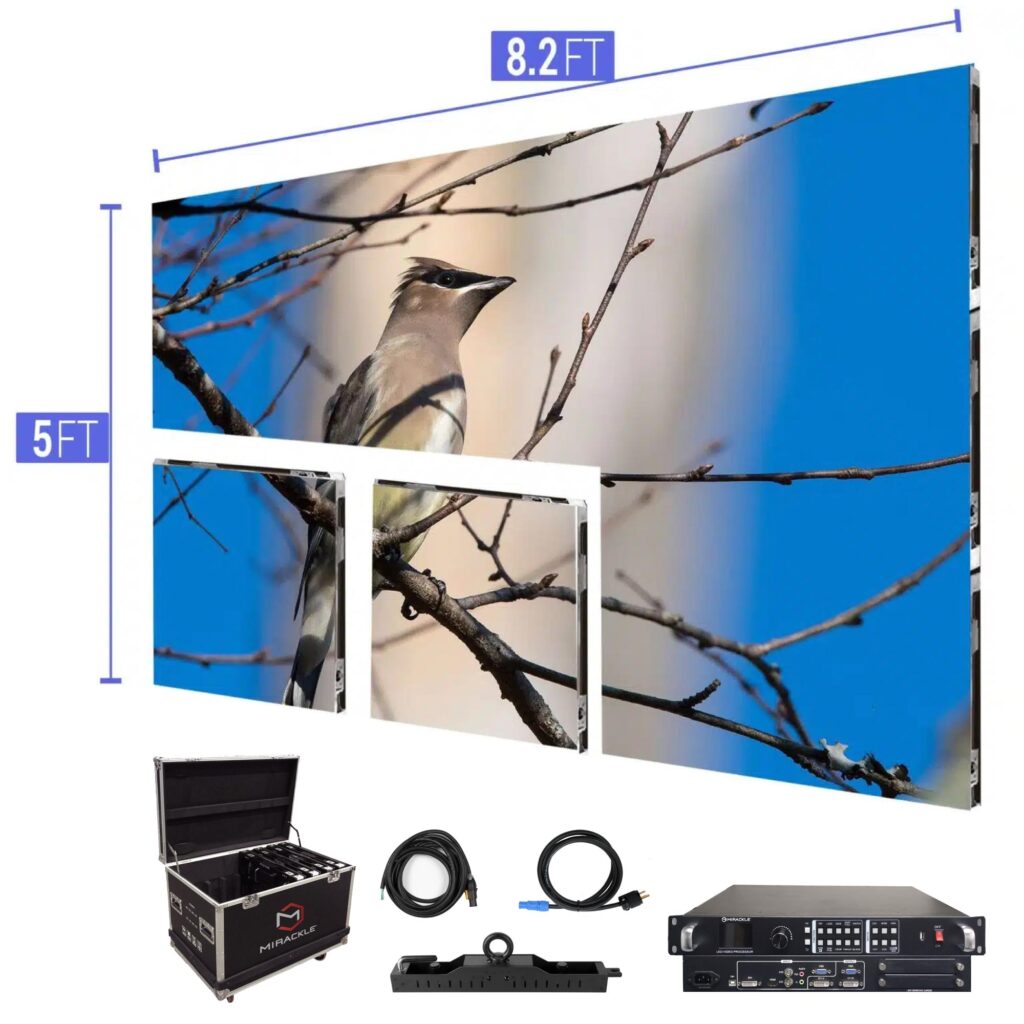Examining the Fundamental Elements That Influence Luminance in LED Wall Panels
Examining the Fundamental Elements That Influence Luminance in LED Wall Panels
Blog Article
Light Emitting Diode wall panels are increasingly favored for and advertising and entertainment due to their bright and vivid displays. Grasping the factors that affect the luminosity of these screens is crucial for producers and consumers alike. Brightness is typically measured in nits, which indicates how much light is emitted from the surface of the screen. Several key factors contribute to the overall brightness, including the kind of LED used, the quality of the screen materials, and the energy provided to the panel.
The type of Light Emitting Diode component used in a wall panel plays a significant role in its luminosity. Various Light Emitting Diodes emit varying levels of light output, which measure the amount of light perceptible to the human eye. Premium chips, such as those made using advanced technology, can generate brighter illumination with higher efficiency. Furthermore, the color tone of the Light Emitting Diode also affects perceived luminosity. For instance, cooler color temperatures (higher Kelvin values) can seem brighter than hotter ones, even at the same lumen rating. This characteristic is important for uses where visibility is important, such as in outdoor advertising.
The substances used in the building of Light click now Emitting Diode wall panels also affect their brightness. The type of substrate and encapsulation materials can influence how much light is conducted versus how much is absorbed or scattered. For example, a screen made with premium clear material will allow more illumination to flow through than one made with lower-grade materials. Additionally, the design of the screen, including its thickness and the layout of the Light Emitting Diodes, can enhance or reduce luminosity by affecting how illumination is distributed across the panel.
The power supply provided to the LED wall screens is another critical element in determining luminosity. Each LED chip has a particular voltage and electric flow requirement for ideal performance. If the power source falls short, the brightness of the panel will decrease. Conversely, providing too much energy can lead to excessive heat and reduced durability of the LEDs. Therefore, ensuring a stable and adequate power supply is crucial for achieving uniform brightness levels. This is especially important in dynamic screens, where brightness may need to be modified for varied lighting conditions.
Lastly, environmental factors can affect how luminosity is viewed. Surrounding light conditions play a significant role in how luminous an LED wall screen appears. In luminous daylight, for example, a panel with a reduced luminosity level may struggle to be visible clearly, while a more luminous panel can be prominent more effectively. Additionally, the angle from which the screen is observed can affect brightness appearance due to how light reflects off surfaces. Understanding these elements helps consumers select rental packages for led walls the right Light Emitting Diode panel screen for their needs and ensures that producers produce products that satisfy brightness expectations for different applications.